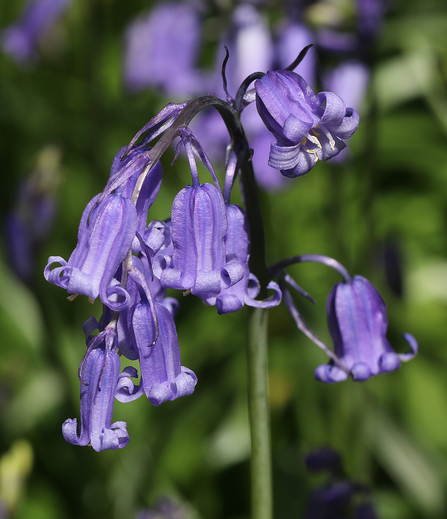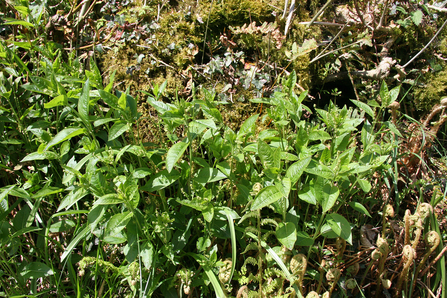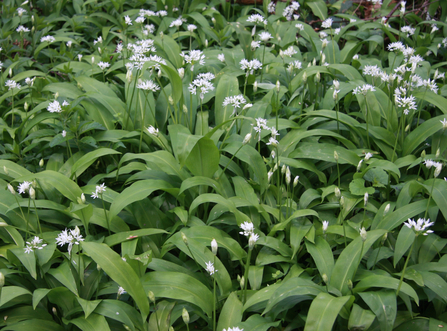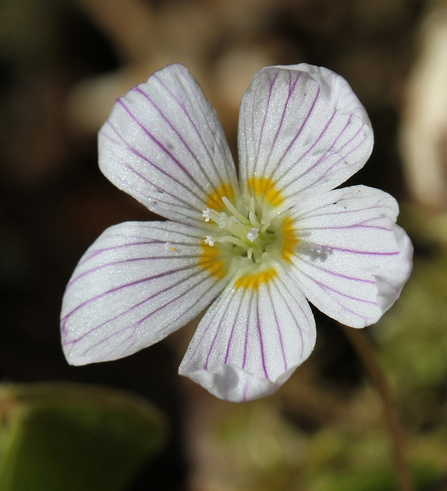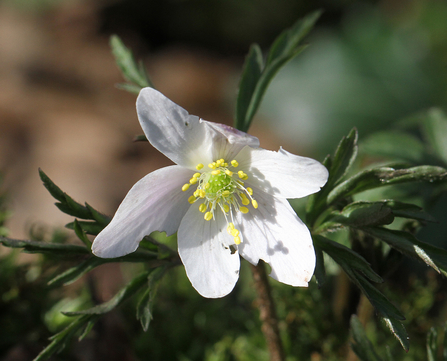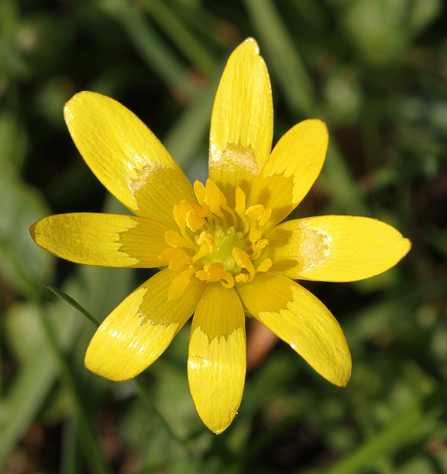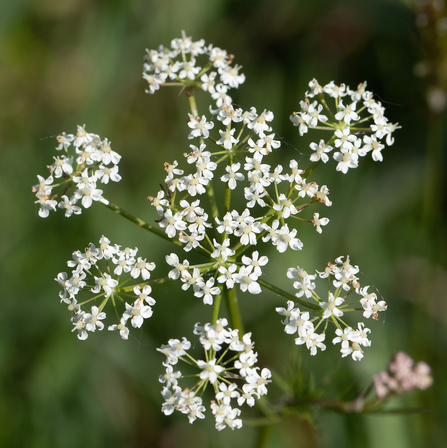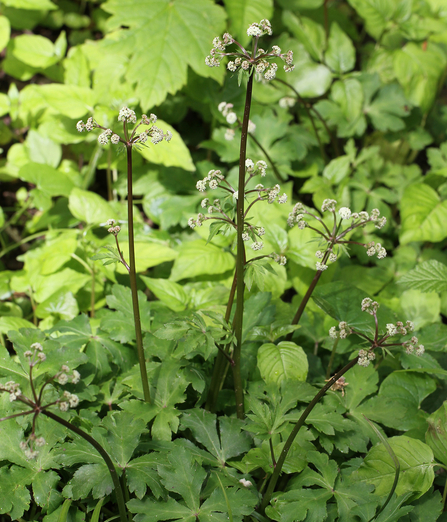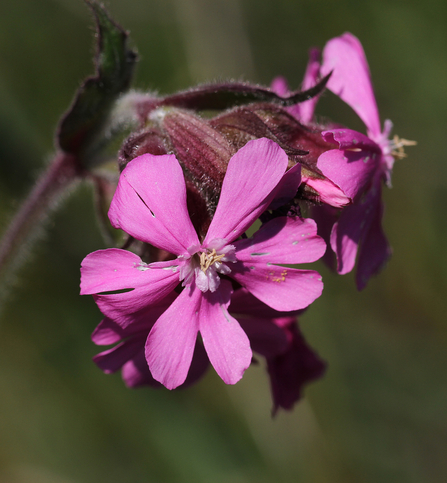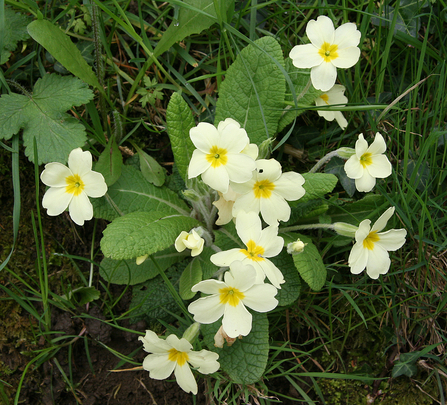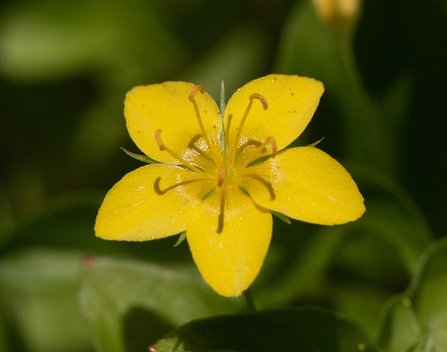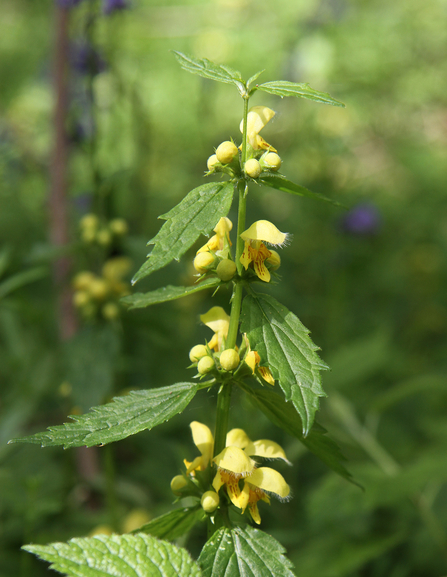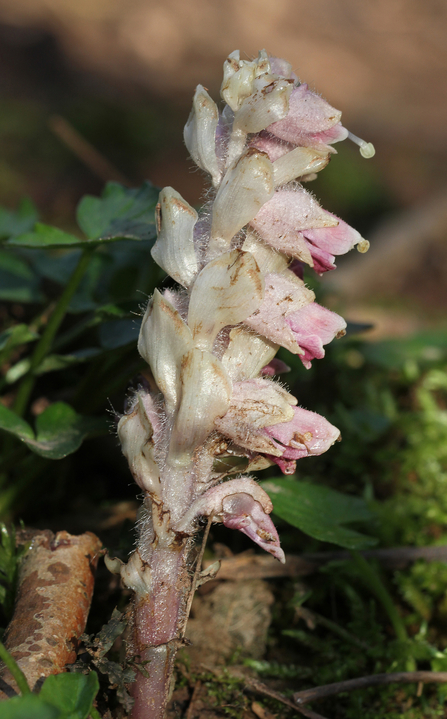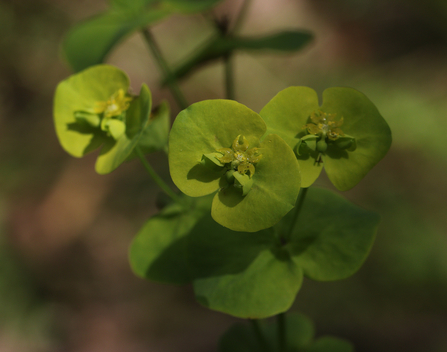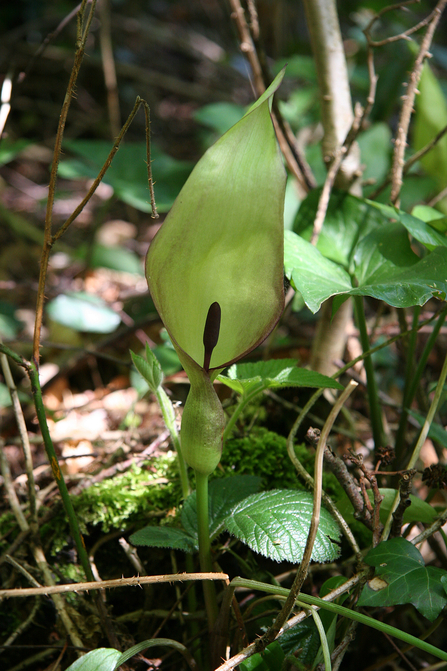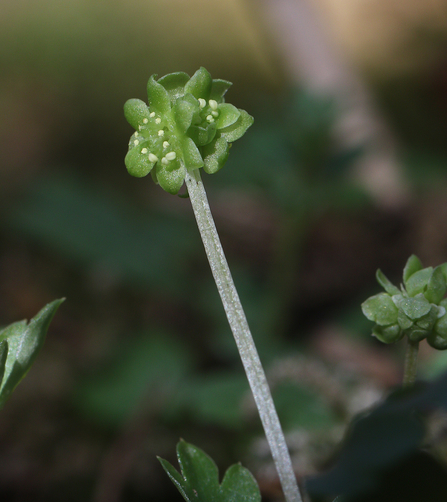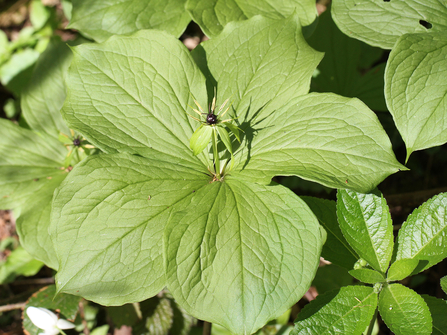Our woods are full of wildflowers, from the carpets of Bluebells, to the tiny obscure Moschatel. We will take a closer look at 20 of these that you can go searching for this spring, some common and some that might take a bit more effort, but will be well worth it. So, Covid-19 rules permitting, grab your GWT Guide to Nature Reserves and head out on a hunt! (Please observe the Countryside Code and never pick any, and also be careful where you stand so as not to trample these delicate beauties).


